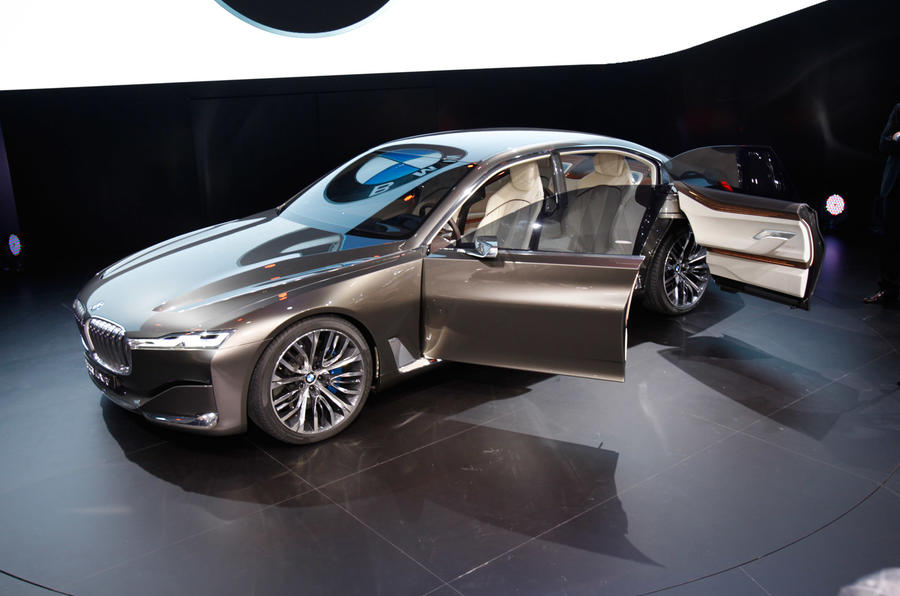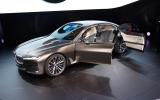This was an abnormal Beijing motor show. Abnormal insofar as once you’d abandoned your taxi and walked through the impenetrable traffic to the show halls, and negotiated the feeding frenzy of the crowds, it was really rather normal.
Compared to the same show two years ago, there were far fewer cringing rip offs of extant western brands, and a smaller number of outrageously ostentatious wealth statements from the domestic manufacturers. It was, if you like, a far more considered show, one that no longer felt the need to trumpet its credentials but was happy to relax in the knowledge it took place in the capital city of the largest car market in the world.
It was a show that didn’t need to try too hard because you couldn’t ignore it now even if you wanted to. And it knew it. As a result this Beijing show was a far more real and relevant event, and if that made it commensurately less entertaining too, the Chinese would regard that a price worth paying. These guys aren’t here for the comedy value any more: they are deadly serious.
Even so, it was still the foreign brands that brought the most interesting products to Beijing, albeit most of it still in concept form: the people of this country may buy more cars than any other but manufacturers still prefer to save their big unveils for traditional show venues in Frankfurt, Paris, Geneva and Detroit.
Perhaps most interesting of all in terms of its significance was Audi’s TT offroad concept. That sounds like a contradiction in terms but isn’t. Like Land Rover has done with Range Rover and is soon to repeat with both Discovery and Defender, this is Audi realizing the TT name has such power in itself, it’s wasted on a single model and could instead be applied to family of cars, launching TT as a sub-brand in its own right.
Citroen has gone even further and has turned its DS models into a standalone brand, as Lexus is to Toyota. In a hall far away from anything with a chevron on its snout, DS showed it’s a brand ready to flex and stretch, with the DS6 WR SUV that PSA’s currently parlous state alone is keeping from sale in Europe, and a racey 300bhp DS 5LS R concept. As for Citroen itself, it unveiled a smart small crossover SUV called C-XR, the progeny of its tie-up with Dongfeng (which now owns 14 per cent of its PSA parent) which looked so ready for production no-one was being fooled by Citroen’s insistence that it was only a concept. Sadly it looks no more likely to reach these shores than the DS6 WR.
Unlike the Lexus NX, a very real medium sized crossover aimed straight at the likes of the BMW Z3 and Audi Q5, not to mention the Range Rover Evoque. Dramatically styled and designed to draw attention like no other Lexus production car this side of an LFA, it will be on sale in Europe from late summer and is tipped to reach UK shores before the end of the year, though the diesel engine without which sales both on the continent and here will condemn it to niche status, has yet to be confirmed.




















































































































Add your comment